A foot 3D scanner is a device based on advanced optical and digital modeling technologies, capable of precisely capturing the three-dimensional morphology of the foot. It provides critical support for the evaluation of foot abnormalities and related applications. For assessing flat feet and high arches, this non-invasive, high-precision tool with intuitive 3D data analysis has become indispensable.
Principles of Foot 3D Scanners for Evaluating Flat Feet and High Arches
Foot 3D scanners capture foot morphology through several core technologies:
Structured Light Scanning: This method projects a specific light pattern onto the foot's surface. By analyzing the deformations in the light grid, the device calculates spatial geometry and generates a 3D model.
Laser Scanning: This technique scans the foot's surface point by point, recording precise locations of each contact point to create a high-density point cloud. It excels in delivering high-precision measurements.
Multi-Angle Photography: Multiple cameras capture images of the foot from different angles. Using image registration technology, these images are combined into a complete 3D morphological model.
The evaluation of flat feet and high arches focuses on analyzing the foot arch's morphology. The scanner extracts key parameters such as arch height, foot contour curvature, and arch area ratio to detect abnormalities. Flat feet are characterized by a lower-than-normal arch height and a flatter foot morphology, with an abnormally low arch height-to-foot length ratio (arch index). In contrast, high arches exhibit significantly higher arch height, a pronounced midfoot curvature, and elevated arch curvature and arch index values.
During data modeling, the raw data collected is denoised, and a complete 3D model is generated through point cloud stitching and surface reconstruction. These models visually represent the arch's characteristics and abnormalities, providing a scientific basis for further analysis.
Application Scenarios of Foot 3D Scanners in Assessing Flat Feet and High Arches
Medical Diagnosis and Treatment Design
Foot 3D scanners play a critical role in medical diagnosis and treatment planning. In disease diagnosis, these devices are widely used for early screening and diagnosis of foot conditions. Using 3D data models, physicians can precisely identify the morphological abnormalities of flat feet and high arches and determine their severity. In orthotic design, scanners enable the creation of customized insoles or orthotic devices based on arch characteristics, offering additional support, relieving discomfort, and improving gait function.
Sports Science and Performance Optimization
In sports science, foot 3D scanners are essential tools for enhancing athlete performance. By analyzing the relationship between arch morphology and movement patterns, these devices help optimize athletic techniques and reduce instability caused by abnormal arches. Additionally, the arch data provided by the scanner serves as a scientific foundation for designing and developing sports shoes. For instance, arch data specific to different sports can guide the optimization of sole support structures.
Monitoring Children's Foot Development
Monitoring foot development in children is another critical application of foot 3D scanners. Long-term tracking of arch morphology changes helps detect early developmental abnormalities, enabling physicians and parents to devise appropriate intervention plans. Similarly, foot 3D scanners support foot health management for the elderly. They can assess arch collapse or other morphological changes, offering reliable data for designing comfortable footwear or assistive devices.
Footwear Design and Manufacturing
In the footwear industry, foot 3D scanners have become indispensable tools for developing high-performance products. The 3D data generated by these devices provides accurate base models for last design, significantly improving manufacturing efficiency and comfort. Moreover, the development of personalized footwear products heavily relies on the data support provided by 3D scanners.
Research and Education
Foot 3D scanners are also widely used in research and education. The visualized arch models generated by the scanners help researchers and students gain a deeper understanding of the relationship between foot anatomy and function, advancing research and education in foot biomechanics.
Foot 3D scanners play an irreplaceable role in assessing flat feet and high arches. With high-precision 3D morphology acquisition and intuitive data analysis, these devices have demonstrated extensive application potential in medicine, sports science, and child development monitoring. Their non-invasive, personalized technical advantages contribute significantly to the scientific and intelligent management of foot health.

 +86-0755-86131192
+86-0755-86131192 2025-01-13
2025-01-13 Back to list
Back to list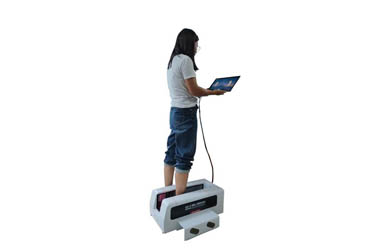
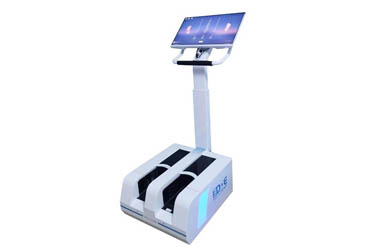
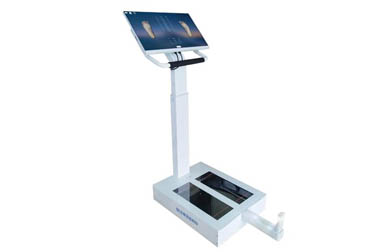
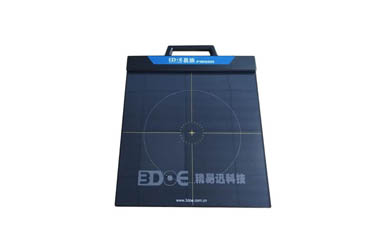
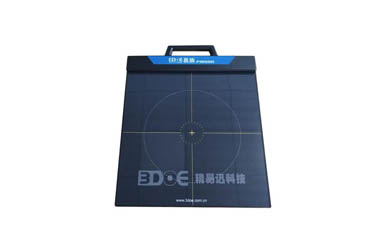
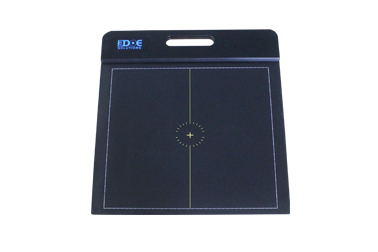



 +86-0755-86131192
+86-0755-86131192